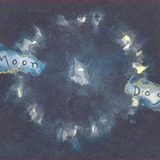Not available


Available bottle sizes:
Other vintages and/or formats available
Oregon - United States
Wine
Orange
100% natural
none
none
Not available
Loading...
Opps
Sorry, it looks like some products are not available in selected quantity.
OK

Hiyu Moondog, 2021
Additional information
We currently only deliver within the UK
Buy 6 or more bottles for free delivery!

